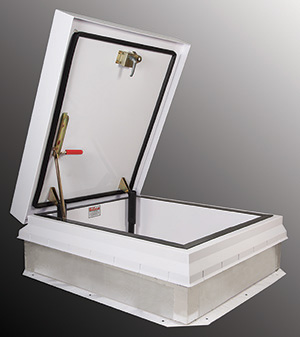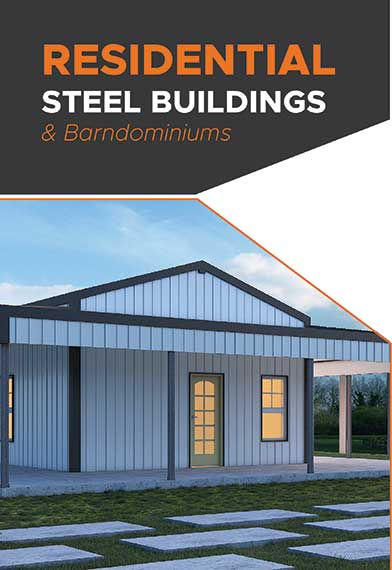Bilco Introduces New Thermally Broken Roof Hatch Designed for Energy Efficiency
- December 12, 2021
- Posted by: Alan Hageman
- Category: News

 The Bilco Co. has introduced a new thermally broken roof hatch, the latest addition to its line of commercial specialty access products. This new product features a thermally broken frame and cover design to minimize both heat transfer and the effects of condensation and to provide superior energy efficiency.
The Bilco Co. has introduced a new thermally broken roof hatch, the latest addition to its line of commercial specialty access products. This new product features a thermally broken frame and cover design to minimize both heat transfer and the effects of condensation and to provide superior energy efficiency.
As a basic premise to energy loss, heat by nature wants to flow to a cooler space. During summer months, heat from an extremely hot roof exterior wants to radiate through the roof hatch into the cooler building interior. While standard roof hatch insulation helps to reduce this heat gain, the metal construction of the roof hatch itself facilitates the temperature transfer, which can lead to increased utility costs and condensation issues on the underside of the hatch. In winter or colder months, this same energy transfer principle results in heat loss from inside a building as well as increased energy expenses.
Bilco’s new thermally broken roof hatch is designed with an element of low conductivity integrated between interior and exterior surfaces of the cover and frame to reduce temperature transfer. As an added benefit, these same thermally broken components dampen vibration for improved acoustic performance against outside noise. The product features three inches of polyisocyanurate insulation with an R-value of 18 in both the cover and curb for superior energy performance, and a special cover gasket to minimize air leakage.
Thermally broken roof hatches are constructed of aluminum to attain high levels in both recycled content and solar reflective index. The product will be offered in a number of standard single-leaf sizes and custom sizes can be specified. As with all Bilco’s roof hatches, the product features counter-balanced lift assistance for easy one-hand operation, an automatic hold-open arm, a heavy-duty slam latch with interior and exterior padlock hasps and the innovative Bil-Clip flashing system for quick and easy installation on single-ply roofs.


